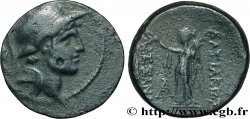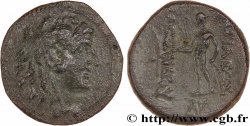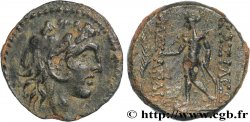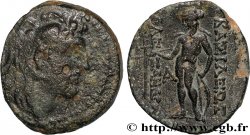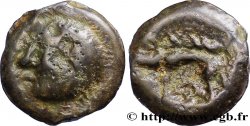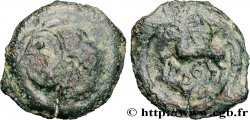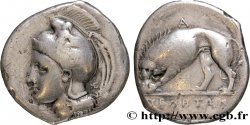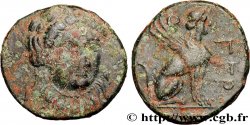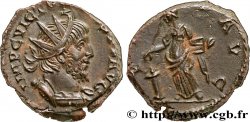You must signin and be an approved bidder to bid, LOGIN TO BID. Accounts are subject to approval and the approval process takes place within 48 hours. Do not wait until the day a sale closes to register. Clicking on "BID" constitutes acceptance of the terms of use of cgb.fr private live auctions.
Bids must be placed in whole Euro amounts only. The sale will start closing at the time stated on the item description; any bids received at the site after the closing time will not be executed. Transmission times may vary and bids could be rejected if you wait until the last second. For further information check the Live auction FAQ
All winning bids are subject to a 18% buyer’s fee.
All winning bids are subject to a 18% buyer’s fee.
| Estimate : | 750 € |
| Price : | no bid |
| Maximum bid : | no bid |
| End of the sale : | 27 September 2016 14:31:09 |
Type : Drachme
Date: 150-149 AC.
Mint name / Town : Antioche, Syrie
Metal : silver
Diameter : 19 mm
Orientation dies : 12 h.
Weight : 4,16 g.
Rarity : R1
Coments on the condition:
Exemplaire sur un flan large et ovale, bien centré des deux côtés. Très belle tête d’Alexandre Ier avec le grènetis visible. Revers de style fin. Belle patine de collection avec des reflets dorés
Catalogue references :
Predigree :
Cet exemplaire provient de la vente d’Alain Weil de Neuilly-sur-Seine du 12 octobre 2000, n° 10 et de la collection D. C
Obverse
Obverse legend : ANÉPIGRAPHE.
Obverse description : Tête diadémée d’Alexandre Ier à droite, entourée d’un grènetis perlé.
Reverse
Reverse description : Apollon nu assis à gauche sur l’omphalos, appuyé de la main droite sur son arc et tenant une flèche de la main gauche ; dans le champ à gauche, une petite corne d’abondance placé verticalement ; date et monogramme à l’exergue.
Reverse legend : BASILEWS// ALEXANDROU// QEOPA-TOROS// EUERGETOU// (DA) ((ATI)
Reverse translation : (du roi Alexandre divin évergète).
Commentary
Pour l’atelier d’Antioche, les monnaies datées ne sont connues que pour les années 163 et 164. Notre exemplaire est non daté, mais comporte un monogramme rencontré pour l’an 163.







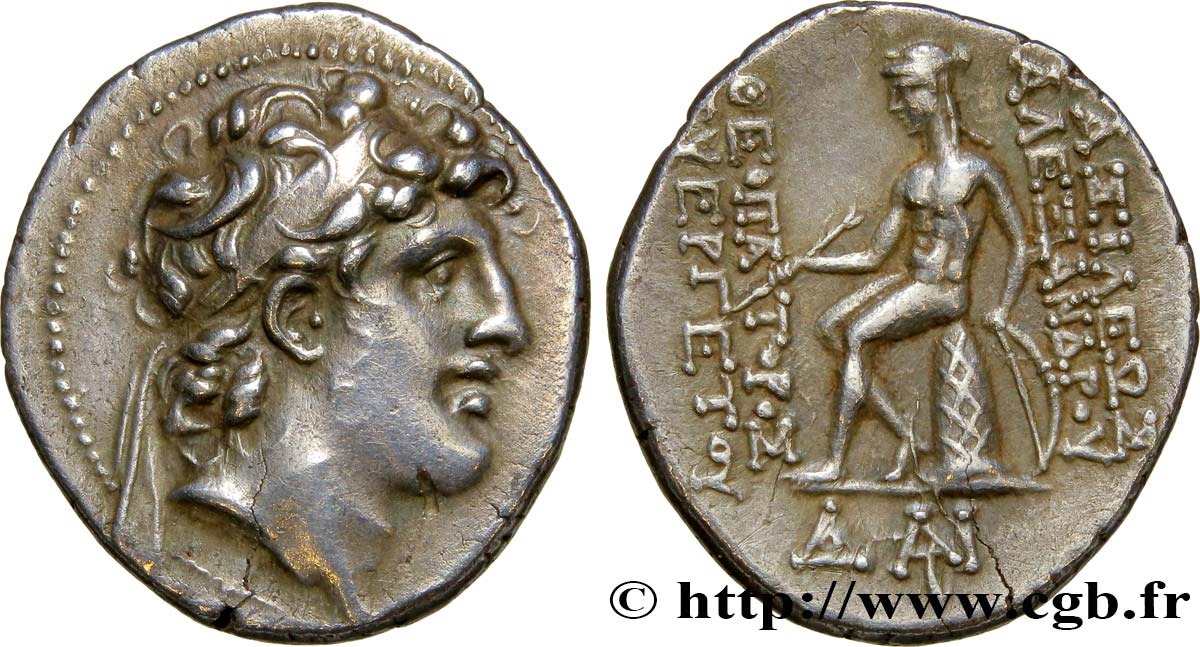
 Report a mistake
Report a mistake Print the page
Print the page Share my selection
Share my selection Ask a question
Ask a question Consign / sell
Consign / sell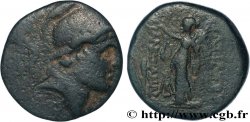
 Full data
Full data